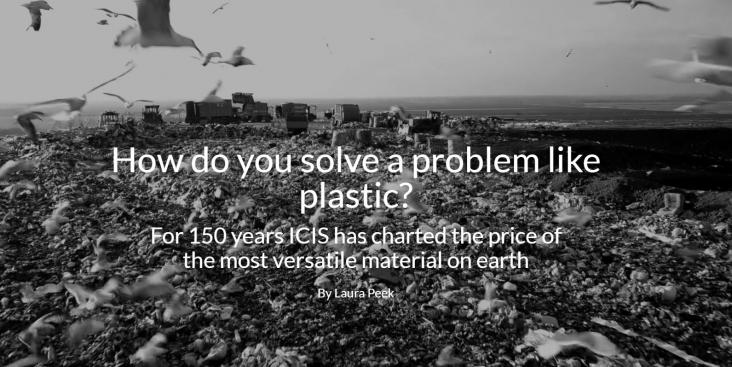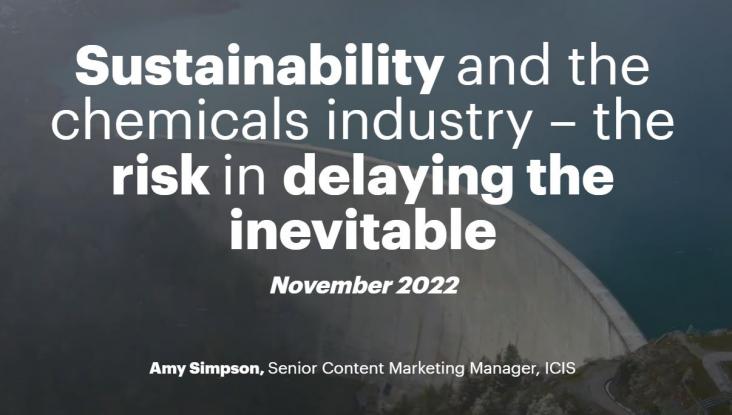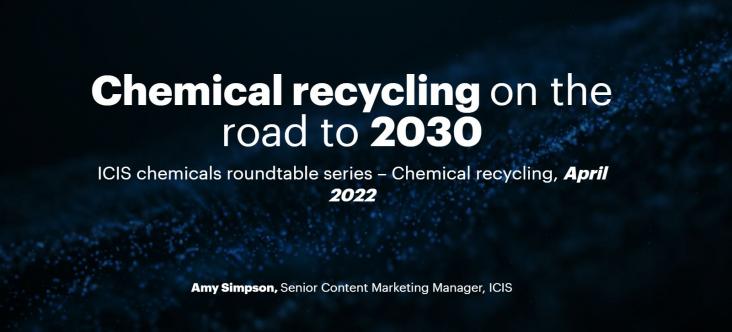This paper sought to explore similarities, variations and determinants of sustainable plastics consumption behavior within a sample of approximately 7600 respondents from eight European countries. We find that most consumers engage in sustainable plastics behavior during the usage phase, by reusing plastic containers and refilling water bottles. The regression analysis suggests that personal responsibility, having high values for nature, being a member of a nature organization and feeling knowledgeable about plastic pollution are important predictors of sustainable plastics consumption.

Earth Day is celebrated every year on April 22nd, and it is a global event aimed at raising awareness and promoting action towards environmental protection. It was first celebrated in 1970, and since then, it has become one of the largest civic events in the world, with over one billion people participating in activities such as clean-up campaigns, tree-planting initiatives, and educational programs. The theme for 2023 is Invest in Our Planet, a campaign that will focus on engaging governments, institutions, businesses and individuals in the fight against the climate crisis.
This Article supports SDGs 7, 11, and 8 by presenting an alternative means of agricultural transport utilizing solar-powered farm rickshaws versus the traditional fossil fuel vehicles.
Reducing emissions and improving environmental conditions are now a global priority for promoting sustainable growth and preventing the adverse consequences of global warming and climate change.

ICIS, a RELX business, analyses the complex problem plastics, recycling, and disposal, relating to SDG 12, Sustainable Consumption and Production. They believe the solution is likely to involve improving recycling infrastructures; designing new, more sustainable plastics; designing products with an end-of-life plan; finding new ways to degrade plastics – such as plastic-eating mealworms and microbes; and diversifying the raw materials that make plastics to plant-based alternatives.

This article, relating to SDG 12, Responsible Consumption and Production, analyses global recycling and sustainability trends, chemical industry environmental regulations, and supply chain issues.

ICIS, a RELX business, analyses the chemical recycling process and its potential as a long term recycling solution, relating to SDG 12, Responsible Consumption and Production. So far, there have been many challenges facing chemical recycling adoption that are explained in this article, however, longer term there is some certainty that chemical recycling can be complimentary to mechanical recycling overall.
Elsevier,
Deployment of Carbon Capture and Storage: Insights, Case Studies, and Key Learnings, Volume , 1 January 2023
This chapter advances UN SDG goal 12 and 13 by presenting an overview of CCS technologies and how they support the reduction of carbon emissions.
This short communication reports on a new research agenda for understanding and advancing Planet Health Equity (PHE).
This study investigates how sustainable transport infrastructure affects access to healthcare.
